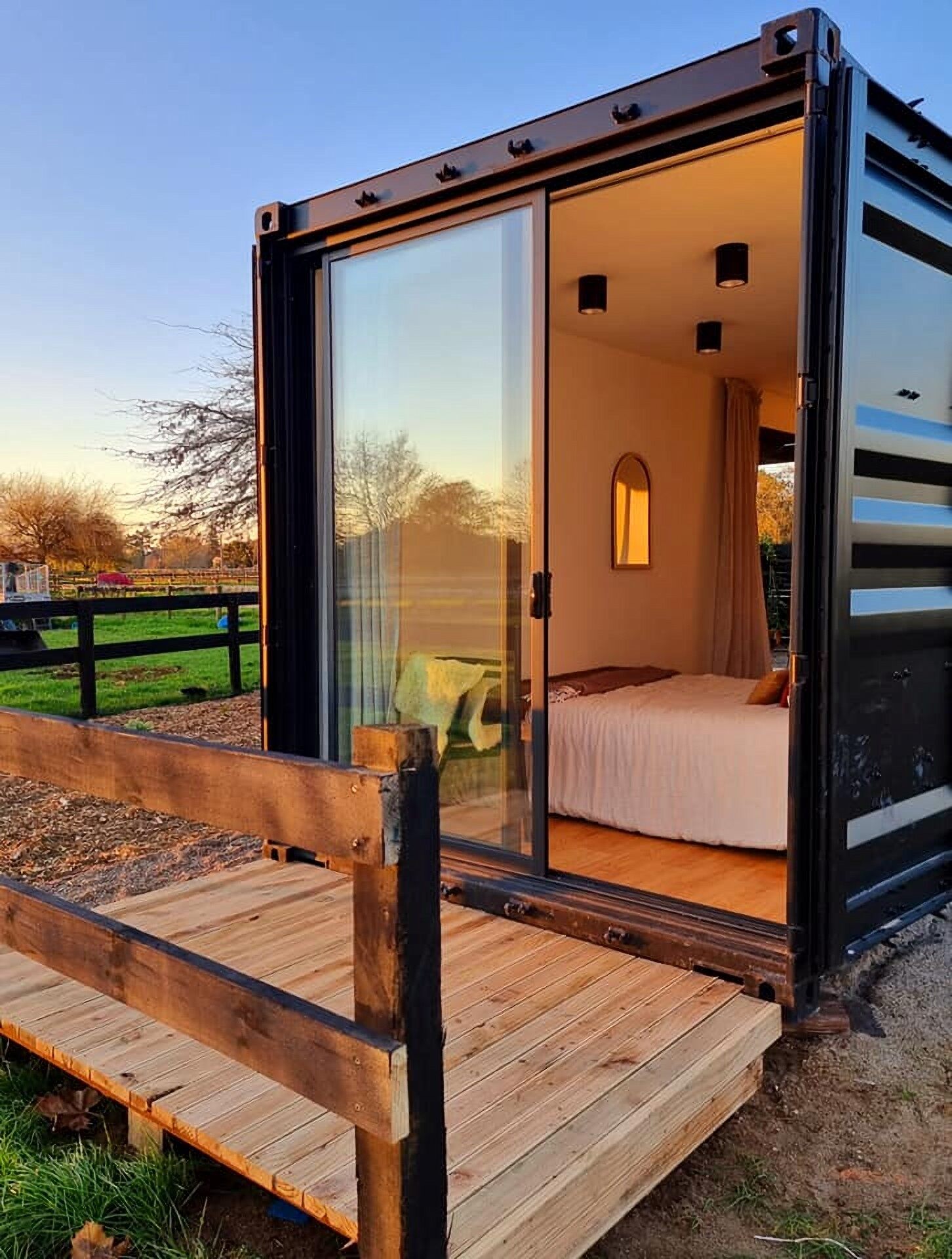Email format error
Email cannot be empty
Email already exists
6-20 characters(letters plus numbers only)
The password is inconsistent
Email format error
Email cannot be empty
Email does not exist
6-20 characters(letters plus numbers only)
The password is inconsistent


Tanzania, known for its rich natural resources and growing economy, is increasingly becoming a focal point for infrastructure development in East Africa. As the country advances its industrial capabilities, the demand for specialized equipment like cranes has seen a significant rise. This article explores the emerging opportunities for crane Original Equipment Manufacturers (OEMs) in Tanzania, focusing on key sectors such as construction, logistics, and energy.
A. Construction Sector
The construction industry in Tanzania is experiencing rapid growth, driven by urbanization and infrastructure development projects across the country. Major cities like Dar es Salaam and Dodoma are witnessing a surge in high-rise buildings, residential complexes, and commercial spaces. Cranes play a pivotal role in these projects, facilitating the lifting and placement of heavy materials, precast elements, and construction machinery.
One notable example is the ongoing construction of the new Julius Nyerere International Airport Terminal III in Dar es Salaam. This project, supported by local and international investors, relies heavily on cranes for its structural components and logistical operations. Crane OEMs have an opportunity to partner with construction firms involved in such mega-projects, providing tailored solutions that enhance efficiency and safety.
B. Logistics and Transportation
Tanzania's strategic location along the East African coast positions it as a key player in regional trade and logistics. Ports such as Dar es Salaam and Tanga are vital hubs for maritime cargo handling, requiring advanced crane technologies for efficient container operations and bulk handling. The expansion of these ports, coupled with investments in inland transportation networks and railway infrastructure, further boosts the demand for cranes.
In recent years, Tanzania has prioritized infrastructure projects like the Standard Gauge Railway (SGR) and the Central Corridor, aimed at enhancing connectivity and reducing transport costs across the region. Crane OEMs can capitalize on these developments by providing specialized equipment tailored to the unique demands of port operations and railway construction.
C. Energy Sector
The energy sector in Tanzania is undergoing transformation with significant investments in renewable energy sources such as wind, solar, and hydroelectric power. Projects like the Malagarasi Hydropower Plant and the Kinyerezi Natural Gas Power Plant Phase II require cranes for the installation of turbines, generators, and transmission infrastructure. Moreover, the maintenance and expansion of existing thermal power plants present ongoing opportunities for crane OEMs.
Renewable energy projects, in particular, present a sustainable avenue for crane OEMs to contribute to Tanzania's energy transition goals. By offering cranes that are efficient, reliable, and environmentally friendly, OEMs can align with the country's commitment to reducing carbon emissions and promoting clean energy solutions.
While Tanzania presents lucrative opportunities for crane OEMs, several challenges must be navigated:
A. Infrastructure Limitations and Logistical Challenges
Infrastructure deficits, especially in rural areas, pose challenges for transporting and deploying heavy equipment like cranes. Poor road conditions and inadequate storage facilities can hinder project timelines and increase operational costs for OEMs and their clients.
B. Regulatory Environment and Compliance Issues
Navigating Tanzania's regulatory framework, including import regulations and local content requirements, is crucial for OEMs entering the market. Compliance with safety standards and environmental regulations adds complexity but is essential for maintaining operational integrity and gaining customer trust.
C. Skills Development and Training
Building a skilled workforce capable of operating and maintaining advanced crane technologies is critical. OEMs investing in training programs and knowledge transfer initiatives can enhance local capacity and support sustainable development in Tanzania's industrial sector.
A. Market Entry Strategies
To successfully enter and expand within Tanzania's crane market, OEMs should consider strategic partnerships with local businesses and government entities. Collaborations can facilitate market understanding, regulatory compliance, and access to project opportunities.
Customizing crane designs to meet local requirements is another strategic approach. Adapting equipment specifications to address climate conditions, terrain challenges, and operational preferences can enhance product suitability and customer satisfaction.
B. Technology Integration
The integration of advanced technologies such as IoT (Internet of Things) sensors, automation, and remote monitoring capabilities can differentiate OEM offerings in Tanzania. Smart cranes that optimize energy usage, predict maintenance needs, and improve operational efficiency are increasingly preferred by stakeholders seeking innovative solutions.
Sustainability should also be a focal point. Designing cranes with reduced carbon footprints and incorporating recyclable materials aligns with global environmental standards and resonates with environmentally conscious clients.
In conclusion, Tanzania's burgeoning economy and ambitious development agenda present fertile ground for crane OEMs seeking growth opportunities. By strategically positioning themselves in key sectors such as construction, logistics, and energy, OEMs can not only contribute to Tanzania's infrastructure landscape but also drive innovation and sustainability in the region.
Understanding and addressing challenges related to infrastructure, regulations, and skills development will be pivotal in navigating Tanzania's dynamic market. By leveraging partnerships, technological advancements, and a commitment to quality and sustainability, crane OEMs can establish a strong foothold and thrive in Tanzania's evolving industrial ecosystem.
In essence, the future looks promising for crane OEMs willing to invest in Tanzania, where the demand for advanced lifting solutions continues to grow alongside the nation's aspirations for economic prosperity and sustainable development.